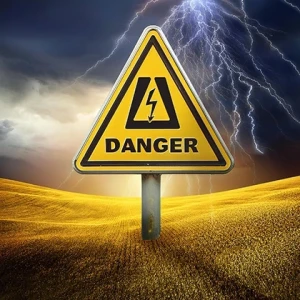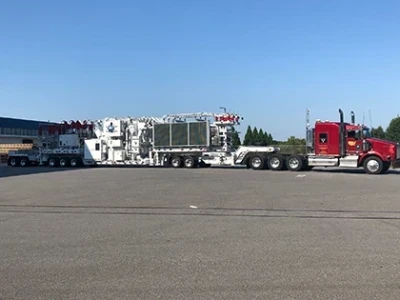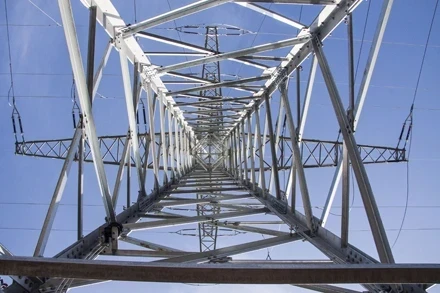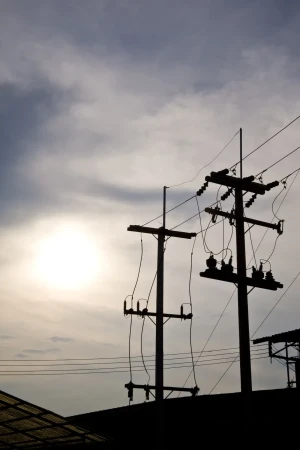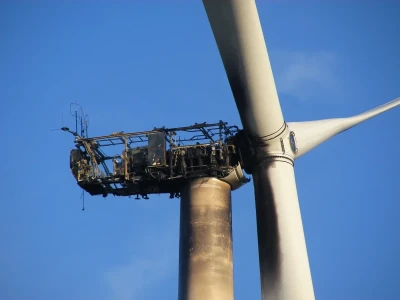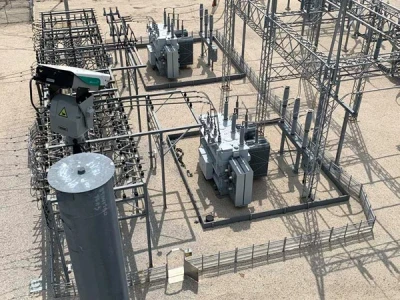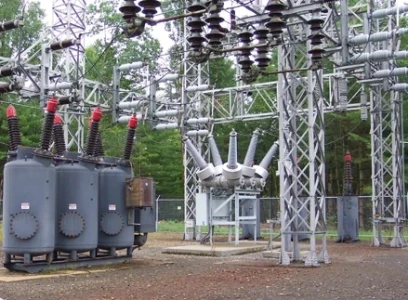Distribution Transformer DGA – The Future of Monitoring Distribution Systems

By Leon White and Traci Hopkins, H2scan Corporation
As distributed generation, electric vehicle load, and requirements for increased electricity reliability provide real-world challenges for electric utilities, asset managers must innovate to ensure their infrastructure is in good condition to deliver safe, reliable, and uninterrupted power to customers.
Distribution systems have been designed to transfer power from large remote generators to customers via radial distribution networks. This paper will discuss the progress that is being made in using new internet of things (IoT) innovations to provide real-time data from distribution assets so operators can understand the real-time health of their distribution equipment.
The primary purpose of an electricity distribution system is to provide reliable and low-cost power to the end user upon demand. In recent years, this has become an ever-increasing challenge for asset managers as the demand for power has increased and the loads and stress placed on transformers and other assets has equally increased.
It has been predicted that the global demand for energy will increase at a rate of about 5% compound annual growth rate (CAGR). To keep up with this growth and minimize the carbon footprint of generation sources, renewable wind and solar, have been rapidly deployed, sharing the majority of renewable energy capacity globally. However, these resources are highly unpredictable and create increased strain on an already stressed network of in-service transformers across the grid.
In 2022, a major US analytical laboratory estimated that 30% of today’s in-service transformers are aging prematurely, and of that group, 70% are not receiving any remedial action. When you couple these trends with recent supply chain issues, more intense and frequent natural disasters, lead times for replacement transformers increasing significantly (443% increase according to the Electricity Subsector Coordinating Council), and the decline in staff available to manage these assets, these factors have elevated the need for IoT innovations on in-service units to new heights. San Diego Gas & Electric recently estimated the cost to decarbonize and become net-zero by 2045 at $2.7 trillion.
Read full article in the Electrical Power Transformers T&D Technologies Special Edition 2023

